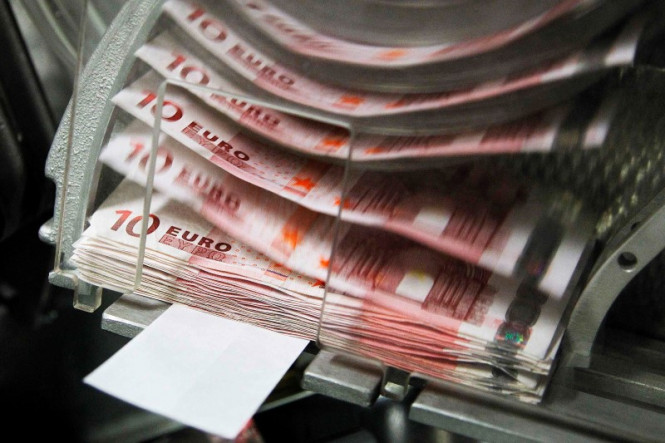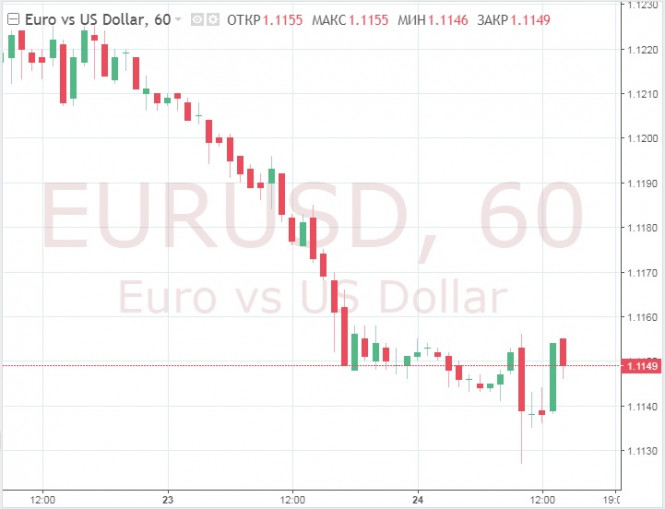
The euro is waiting for grim prospects. The single European currency has already dropped to a two-month low against the dollar, and this is far from the limit. Weak economic data and expectations that the ECB will move to the active phase of easing monetary policy, specifically put pressure on the euro. Markets estimate the likelihood of a rate cut of 10 basis points on Thursday at 54%. The probability increased after the purchasing managers index in the eurozone unexpectedly fell to a three-month low of 51.5 points. Now, the ECB will definitely announce a softening of the policy, or a new phase of the quantitative easing program (QE). The single currency is rapidly becoming cheaper and has already dropped to $ 1.1127, the lowest level since May 30. If the momentum continues, in the coming days, the euro will be able to renew a two-year low of $ 1.1105, reached in May.

Traders who bet on easing the ECB raised the Swiss franc, which was trading at 1.0980 franc per euro, close to a two-year high of 1.0972 reached on Tuesday. The growing franc is putting pressure on the Swiss Central Bank to take measures to protect the economy, which is very dependent on exports. Expectations of lower interest rates in developed countries put pressure on other currencies, such as the Australian dollar, which fell 0.5%, to a two-week low of 0.6973 dollars. Reducing the price of iron ore, which lasts three days in a row, can cause even more damage to currencies that are sensitive to commodity prices. The dollar, on the contrary, grows after Washington reached an agreement on the lifting of the limits of state debt. The pound rose slightly compared to the recent low, after Boris Johnson became prime minister of Great Britain. The pound is likely to continue falling after the appearance of Eurosceptic Johnson as prime minister.
The material has been provided by InstaForex Company - www.instaforex.com